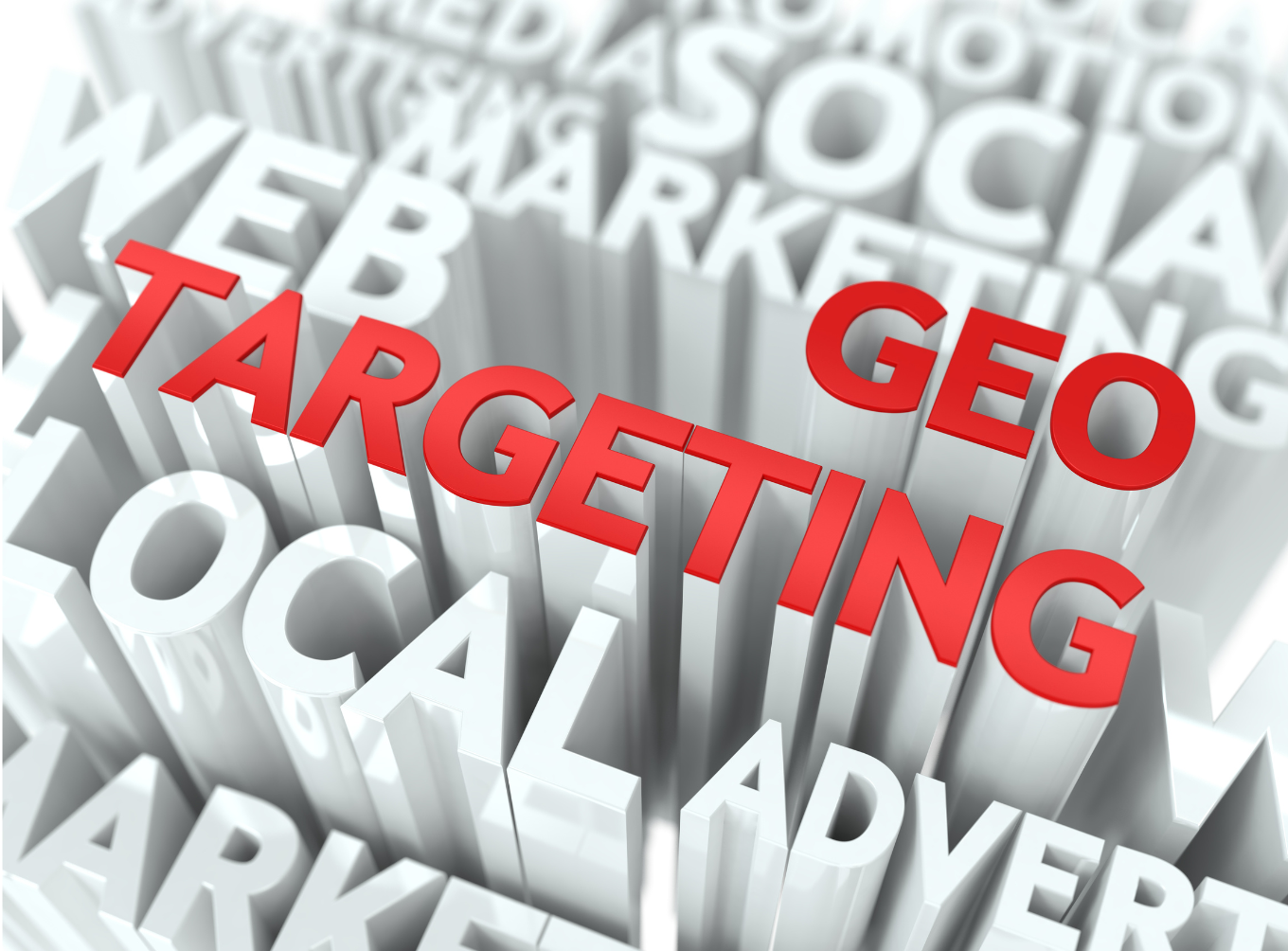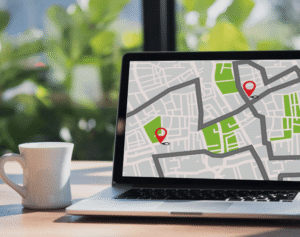Let’s be real—organic SEO is a powerful slow burn. It builds momentum, trust, and long-term visibility. But sometimes, you need a faster win. A spark, a jump-start—something that gets people through the door now. That’s where geo-targeted ads come in.
Think of them like putting up a glowing neon sign—not just anywhere, but right in front of someone already wandering nearby, credit card in hand, ready to book.
And here’s the kicker: you don’t need a huge budget, a marketing degree, or some fancy analytics team to make them work. With the right message in the right place, geo-targeted ads can pay off way faster than most people expect.
So… What Are Geo-Targeted Ads, Exactly?
Let’s strip away the jargon: geo-targeted ads are just digital ads that only show to people in specific locations. That’s it. But that one detail? It changes everything.
You can set parameters by city, zip code, radius around a popular attraction—even areas where travelers tend to pass through, like train stations or airport terminals. Basically, it’s advertising with a GPS. You’re not shouting into the void—you’re whispering to the right people at the right time.
Let’s say you run a cozy mountain lodge in Park City. You don’t want to waste your entire ad spend showing promos to someone sipping coffee in Florida who’s just daydreaming about snow. Instead, you zero in on people actually in Salt Lake, searching for last-minute weekend plans—or even better, folks who just landed at the airport and are googling “romantic cabins nearby.”
Now we’re talking.
Local Intent Means They’re Ready To Book
Here’s something a lot of businesses overlook: people searching from a destination aren’t just browsing—they’re deciding. There’s a huge difference between someone casually reading travel blogs and someone searching “guided kayak tour near me” on a Tuesday afternoon in your town.
That person isn’t planning. They’re primed. And geo-targeted ads meet them right at that make-or-break moment.
Research backs this up—location-based ads often generate significantly higher engagement and conversion rates than generic ads blasted everywhere. Why? Because people feel like you’re talking directly to them. You’re not just waving a brochure. You’re standing in front of them holding out a ticket with their name on it.
You’re not casting a wide net hoping for a few bites. You’re handing someone a treasure map—and their perfect experience is marked with a big red X.
Platforms That Play Nice With Geo-Targeting
The good news? You’re not stuck with one or two ad platforms. Most of the big players let you geo-target pretty easily—and each one has its own sweet spot.
- Google Ads: Let’s you narrow your audience by zip code, city, or even radius. Combine that with local keywords and time-of-day targeting, and you’ve got a seriously powerful tool—especially for people on mobile, hunting for something nearby.
- Meta (Facebook + Instagram): These platforms are perfect for catching day-of decision-makers. Think: couples scrolling while grabbing brunch, suddenly inspired to book a spa afternoon or wine tasting.
- TikTok Ads: Yup—travel-related content performs really well here, especially if your audience skews younger or more adventure-focused. Geo-targeting here can feel ultra-native when done right—more like a recommendation than a pitch.
- YouTube Pre-Roll or Shorts: Want to catch attention visually? Run location-specific video ads that show off your sunset sailing tour or guided street food crawl. Catchy visuals plus local relevance? Gold.
Bonus trick: you can even retarget users who visited your site while physically in a specific area. Maybe someone was in town last week, browsing your site but didn’t book. Remind them about you with a gentle nudge when they’re back home dreaming about their next trip.
Speak Like A Local (Because That’s The Secret Sauce)
Geo-targeting isn’t just about where the ad shows up—it’s about how it speaks to the person reading it.
Generic copy is the quickest way to be ignored. But an ad that mentions the view from the Marina Bay Sands infinity pool? Or one that casually name-drops “sunset tacos on South Congress”? That’s the kind of specificity that stops thumbs in their tracks.
When you reference local slang, seasonal activities, or nearby landmarks, your ad feels less like marketing and more like a recommendation from someone in-the-know. And that’s powerful.
Instead of “Plan your next desert adventure,” try “Catch this weekend’s golden hour over Red Rock Canyon—spots fill up fast.” The first one sounds like a slogan. The second one sounds like an inside tip.
Because that’s really what people want, right? Not just another ad, but a heads-up. A little nudge. A sense that they’re in the right place at the right time—and that you’re the one who can make it unforgettable.
Final Thought? Don’t Just Advertise—Invite
If you’re in the travel space, your job isn’t to blast your offers into the void. It’s to meet people where they are—literally and emotionally. Geo-targeted ads are your shortcut to that moment of connection.
Done well, they feel less like promotion and more like serendipity.
And honestly? That’s what great travel experiences are made of anyway.




















